- | 8:00 am
A visual history of the computer, from IBM’s Simon to Apple’s iMac
A new book retraces the fascinating history of the computer from the 19th century to today.
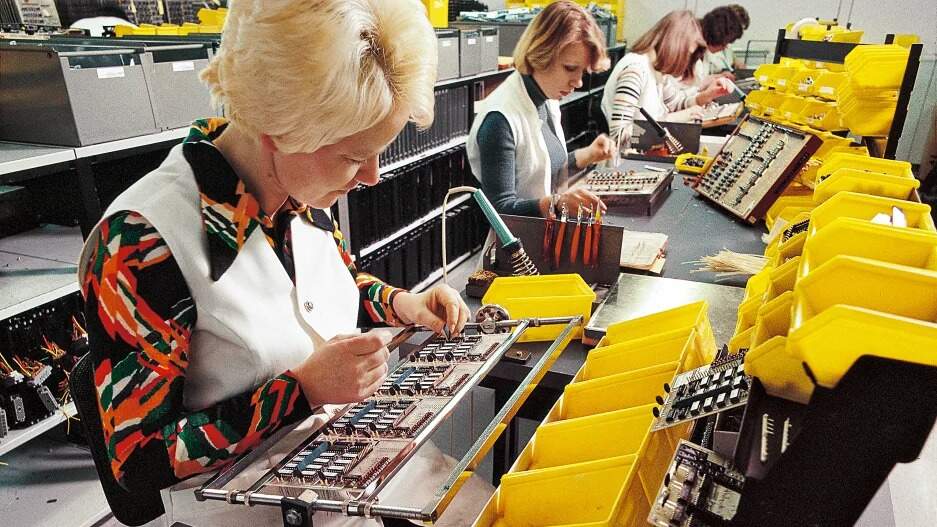
The computer has come a long way since it was first invented in the late 1800s. Once a mind-boggling network of machines big enough to fill entire rooms, the computer today is so tiny it can be squeezed inside a smart watch or a VR headset. But in between those extremes, there is a wealth of innovations.
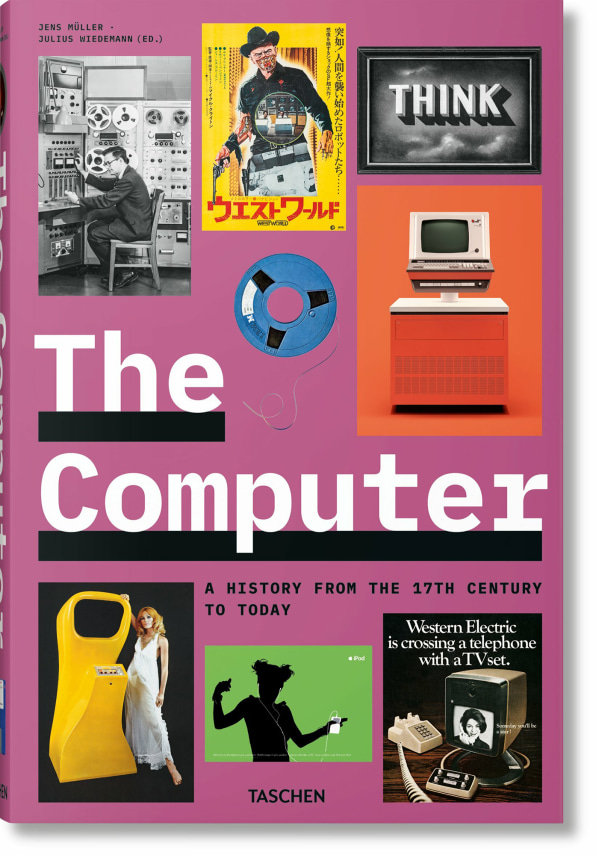
That wealth is portrayed in a new book by graphic designers Jens Muller and Julius Wiedemann, and published by Taschen. Simply titled The Computer, the 500-page tome is an exceptional survey of the digital age and how it has shaped our world over the past two centuries. “The main evolutionary part is that the computer gets smaller and smaller, and I think the next logical next step is that computers literally disappear,” says Muller.
Narrowing down this rich history to 10 objects, as we have done below with Muller’s help, tells only a fraction of the story, but it shows how the computer went from a purely functional metal box to a meticulously designed object, to a virtually invisible piece of technology.
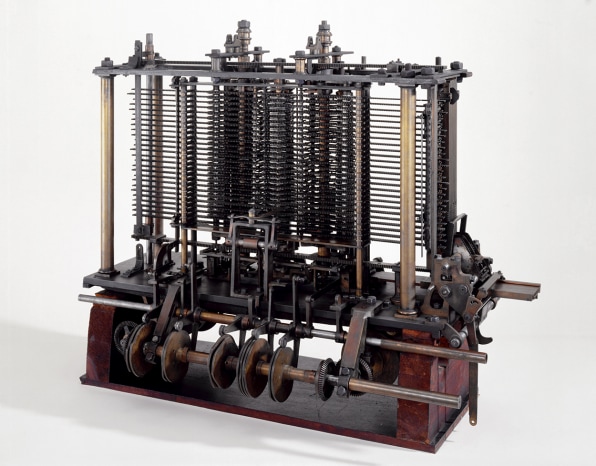
1837: THE FIRST STEAM-DRIVEN COMPUTER
The origin of the computer dates back to 1837, when the British mathematician Charles Babbage published a description of the Analytical Engine, a steam-driven computing machine that would be able to perform any calculation people asked of it. The machine consisted of four components that remain essential to every computer today: a mill (analogous to the central processing unit), a store (for memory storage), a reader, and printer (equivalent to the input and output devices). Babbage worked on the machine for more than 30 years, but he died before he could finish a working prototype. Researchers later proved his design would have worked if built.
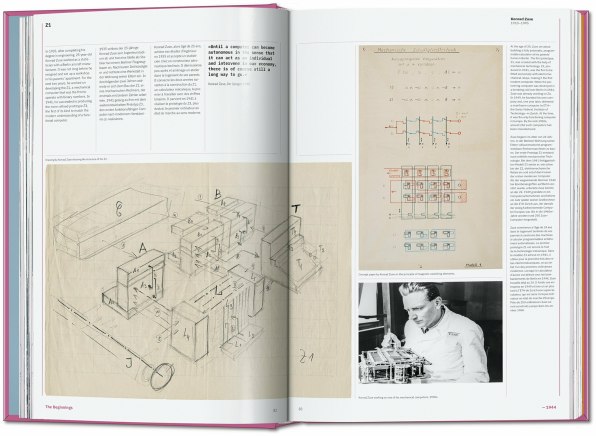
1941: THE FIRST (EARLY) COMMERCIAL COMPUTER
More than a century later, the German inventor and engineer Konrad Zuse completed his Z3 machine—”the first of its kind to match the modern understanding of a functional computer,” writes Muller. The machine was destroyed in a bombing raid during WWII, but Zuse eventually fled and released Z4—the first commercial computer rented or sold by any company in continental Europe. It remains the oldest preserved computer in the world today, and is located in the Deutsches Museum in Munich.
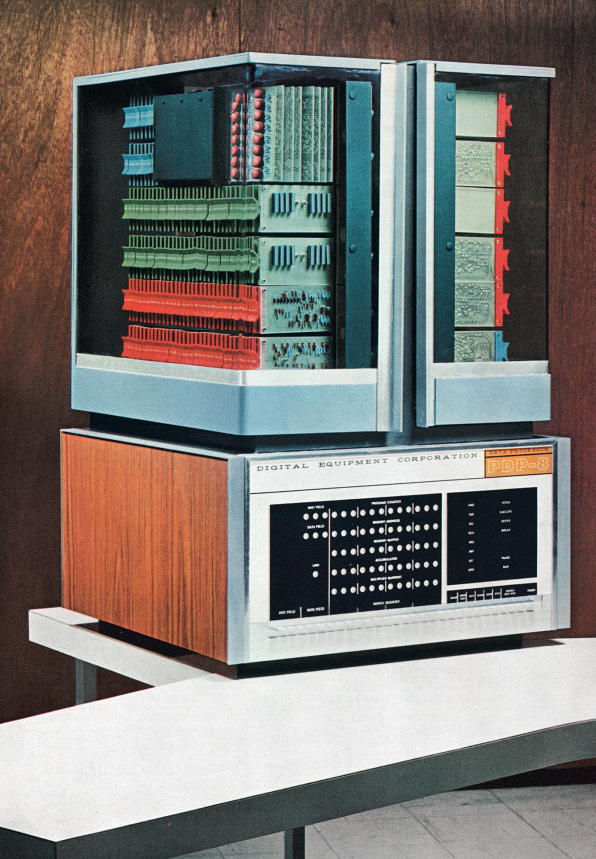
1965: THE FIRST GENUINE DESKTOP COMPUTER
The PDP-8 was designed by Digital Equipment Corporation. It was the size of a small refrigerator, which made it especially suitable for small businesses, manufacturing plants, and scientific labs around the world. More than 50,000 units were sold, making it one of the most successful devices of its time.

1973: THE FIRST COMPUTER WITH A GRAPHIC INTERFACE
Xerox was the first company to introduce a compact computer with a graphic user interface including windows, menus, and icons that were controlled with a mouse. The monochrome monitor came in a portrait orientation to match a standard U.S. letter-size paper. It also had a network connection that allowed users to send emails. Muller says Xerox designed an early forerunner to the tablet computer, as well, but the device was never built.

1981: THE FIRST PORTABLE COMPUTER
The Osborne 1 was the first commercial laptop computer. Designed by Adam Osborne, it was advertised as only computer that can fit under an airline seat. It weighed over 24 pounds and came in the shape of an ABS plastic case, with a lid that flipped open and turned into a keyboard. As Muller writes in the book, a journalist reporting on the Afghan War for the Chicago Sun-Times was the first reporter to use a computer while on assignment.
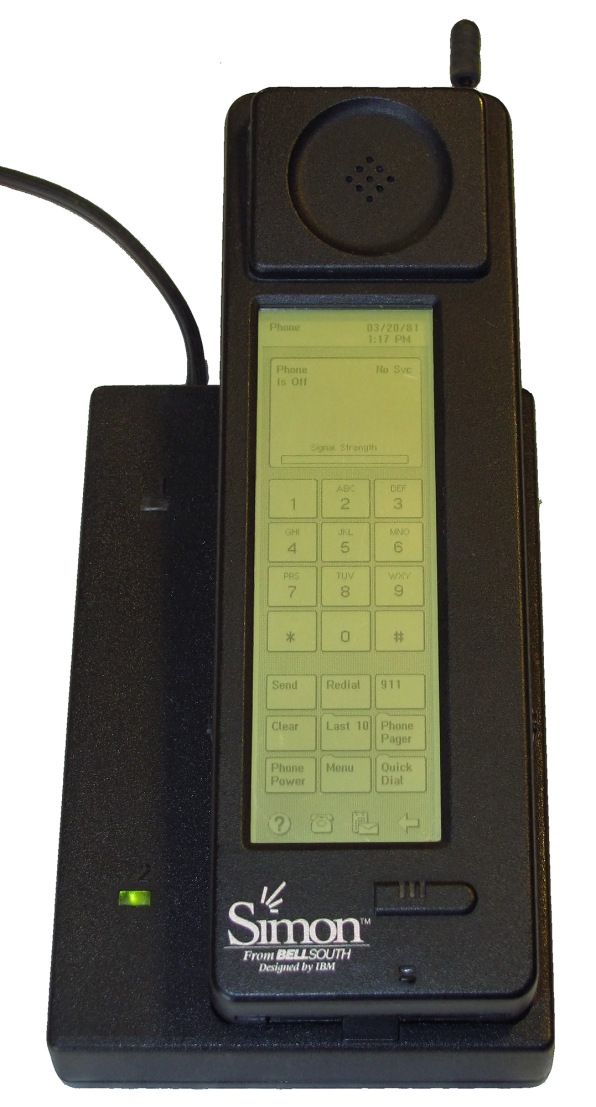
1994: THE FIRST SMARTPHONE
When the IBM Simon launched in 1994, IBM described it as a personal digital assistant that could fit in your shirt pocket. IBM Simon was the first machine with a touch screen, but it could only be operated with a digital pen. Muller says the phone came with user apps like a calendar and an address book, but its technology quickly became obsolete, and it only sold 50,000 units.

1998: THE FIRST IMAC
Described by Apple as a computer for the next millennium, the iMac ushered in new era for computer design. Dreamed up by Jony Ive, the iMac came in a translucent plastic shell (verses the metal box of its predecessors) and was available in ten colors. As Muller writes in the book, the computer was in perfect harmony with the visual spirit of the time. It also helped crystallize Apple’s understanding of good UX design. “Once removed from the box, the computer was immediately ready to use, as it contained all the necessary components as standard, from sound cards to a CD drive,” he writes.
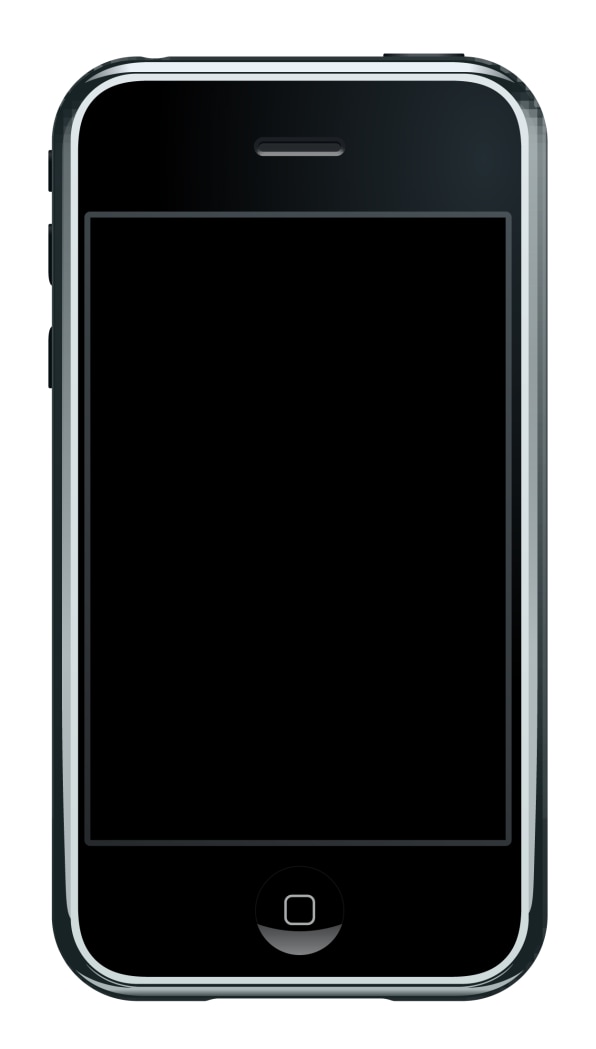
2007: THE FIRST IPHONE
The first iPhone led to a smartphone boom. It involved over 300 technological and design patent applications, including details on how to open the phone with the swipe of a finger. Since then, Apple has sold over 2.3 billion iPhones of various models. The reason for its success, says Muller, is the ability to browse the internet and the versatile nature of the App Store. “When the iPhone came out, it was great timing because mobile internet became available and that was the genius idea that made iPhone work,” he says. “Apple just opened it up for developers and invited people to do apps, and everyone could do their app and put it in the App Store, and these two things made the smartphone really big.”
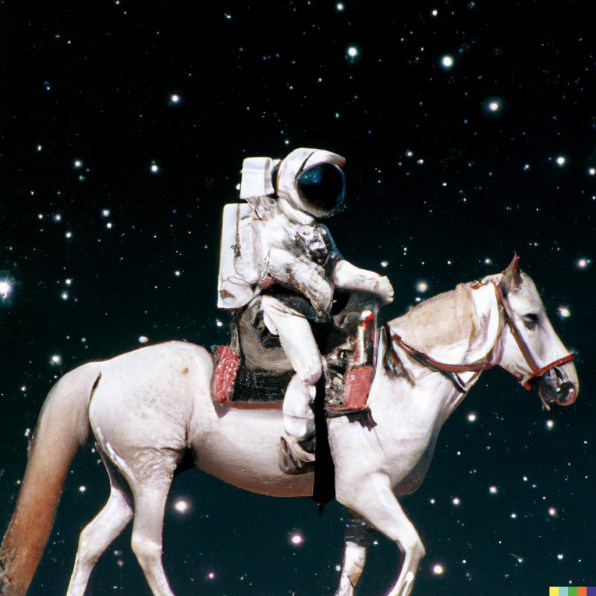
2022: THE FIRST AI MODEL
2022 was the year generative AI took flight. The underlying technology has been around for years, but it wasn’t until last year that it reached the necessary level of maturity to open it up to the public. Images generated by Midjourney, DALL-E, Stable Diffusion took the world by storm. ChatGPT reached one million users in a week. The book includes a prescient quote by robotics pioneer Charles Rosen, who in 1981 wrote: “AI was born from the point of view that something could be done using machines [. . . ] for doing things that humans do.” It would take about 40 years for Rosen’s predictions to become reality.
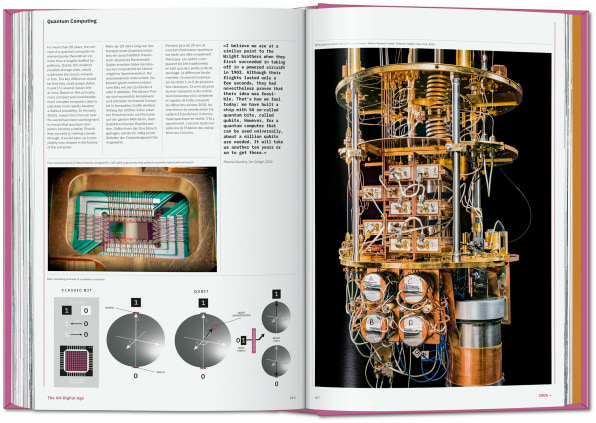
NEXT UP: THE FIRST QUANTUM COMPUTER?
The concept of a quantum computer has been explored for more than 20 years (including in the latest seasons of Black Mirror). The idea is that quantum computers could solve certain problems much faster than a standard computer by using the power of quantum physics, which allow multiple possibilities to be explored simultaneously. “In the early 2020s, researchers from all over the world have been working hard to ensure that quantum computers become a reality,” writes Muller. “Should they succeed in making a breakthrough, it would open up a completely new chapter in the history of the computer.”








































